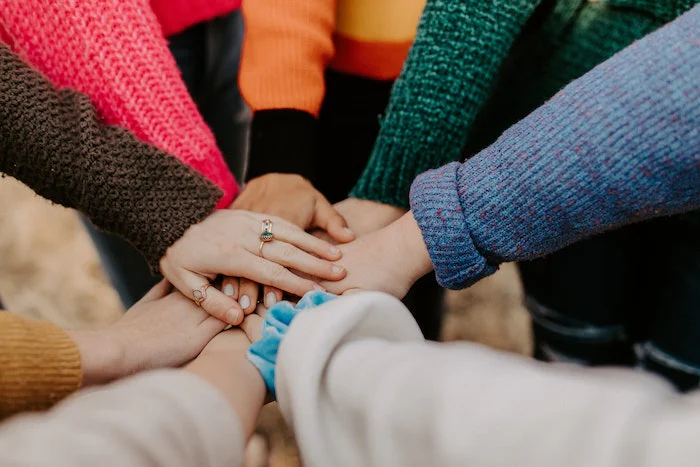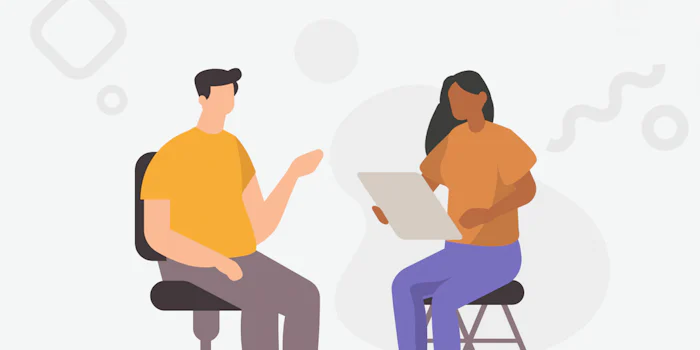Last Thursday, I attended the second day of the Learning & Technologies Conference 2015 in London and, genuinely, it was the best HR/L&D conference I've been to.
One of the highlights for me was the fantastic keynote presentation from scientist and TV presenter Professor Robert Winston. His talk focused on how our ability to learn, memorize and recall information has made us the planet's most successful species.
He explored the science behind how we learn, and explained why practice and repetition help us master new skills. And he did so in such an interesting and accessible way that even I – a complete sciencephobe – found it interesting!
Have you ever watched in awe as someone played the piano or violin, wishing you could do it? Or do you long to speak another language, but tell yourself, "I was terrible at school – I’m just not cut out for it?" Well, according to Winston, anyone can reach Grade 8 in piano or violin, or become fluent in another language, with enough practice. We might not become the best, or have natural flair that will make us truly great musicians or linguists, but we can all become highly competent in most things if we spend enough time doing them. What an exciting prospect!
One of the points he stressed in the early stages of his presentation was the importance of childhood learning. He illustrated this by telling us about an experiment with a kitten that was blindfolded during the first months of its life. When the blindfold was removed, it had become permanently blind, because its brain could no longer create the neural pathways necessary for sight. Winston went on to emphasize how the early years of children's lives are so crucial to their future development, and how providing them with the right learning environment is key to this.
Next, he looked at the role that visualization has in learning. He showed us a video clip of how a gymnast picked up a new, complicated routine on the uneven bars, in part by imagining the moves she needed to make before she went ahead and did it. By repeating the sequence in her mind, she was able to create the neural pathways that her brain would have automatically established if she had practiced it in the gym. Visualizing meant she could learn the moves of a new routine without moving a muscle!
Winston also talked about our creative memory, and how our brains can play tricks on us. For example, he told us about an experiment where participants were shown Photoshopped images of themselves taking hot air balloon rides when they were children. They were then asked what they remembered from that day. Even though the event hadn't happened, around 50 percent of people claimed that they could "remember" parts of it, because their minds filled in the "gaps." The implication of studies like these are far reaching: they highlight the kinds of challenges that the police face, for example, when assessing the reliability of eyewitness accounts.
Finally, he showed us a video clip of a man who was able to correctly recall the exact position of 520 randomly-organized playing cards after 20 minutes' practice. He managed this seemingly impossible feat by using a technique called method of loci (also known as the Roman Room, memory palace, or the journey method).
What's brilliant about the technique is that you don't need a super-human memory or higher-than-normal IQ to use it. It's really easy to learn and it can be useful at work, for example if you need to memorize a lot of facts for a presentation.
What you do is turn each piece of information, such as the nine of diamonds or the queen of hearts, into a place or object that you can easily visualize, like the Statue of Liberty or the London Eye. Then you put these mental images into a map or journey in your mind. When you need to recall pieces of information, you can easily retrieve them by mentally walking through the scene you have created, and "seeing" them in the order you put them in.
I will definitely try the method of loci next time I have a presentation at work, as it would be great to do one without having to rely on notes, and I love the idea of using visualization to help me learn. But the biggest thing I took away from Robert Winston’s talk is that you don’t have to be a genius to become good at something. All it takes is dedication, determination and practice, and I think that's a really liberating thought.
Question: There were lots of brilliant presentations at this year's conference. If you were there, and would like to share any insights, we'd love to hear from you!







It is always a good idea to learn and explore for new ways of doing things from other people and that what you did. I congratulate for that and I will be grateful that you also share those ideas for many out there. thanks.
Joe
Hi Joe,
Thanks for your thanks.
I agree we can all learn something from someone who is in a completely different field, yet still see the similarities in approach.
I often draw parallels with my clients between sporting performances and workplace performances such as doing a presentation, going for an interview or even conducting a meeting.
The parallels are there, it is just a question of seeing them!
Midgie